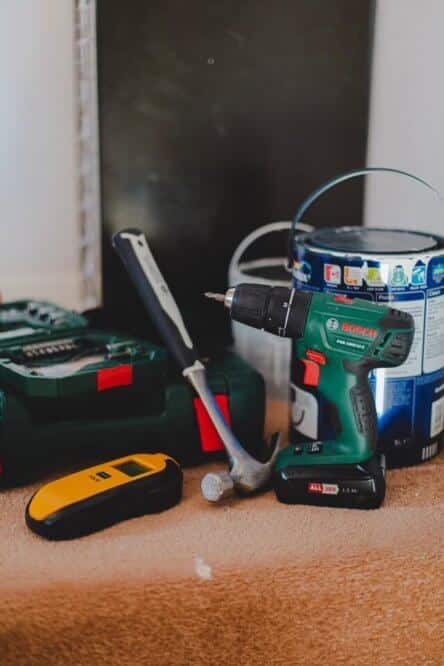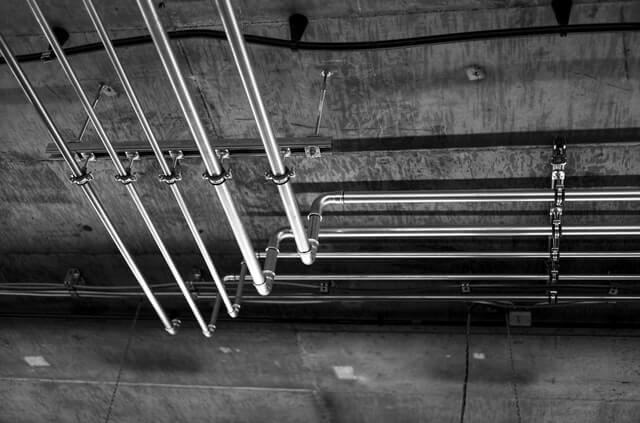Unfortunately, seeing water in the basement after a big downpour is not unusual. Common signs of basement leaks or seepage include water rising through the basement floor or dripping from a basement wall break. But why is the water coming up from the ground after heavy rain?
We will cover possible causes of basement water leaks and seepage, how to prevent them, and how to keep the basement dry are all covered in this article. These include simple Do-It-Yourself methods and long-term fixes that call for the assistance of a qualified basement waterproofing contractor.
Water Coming Up From The Ground After Heavy Rain
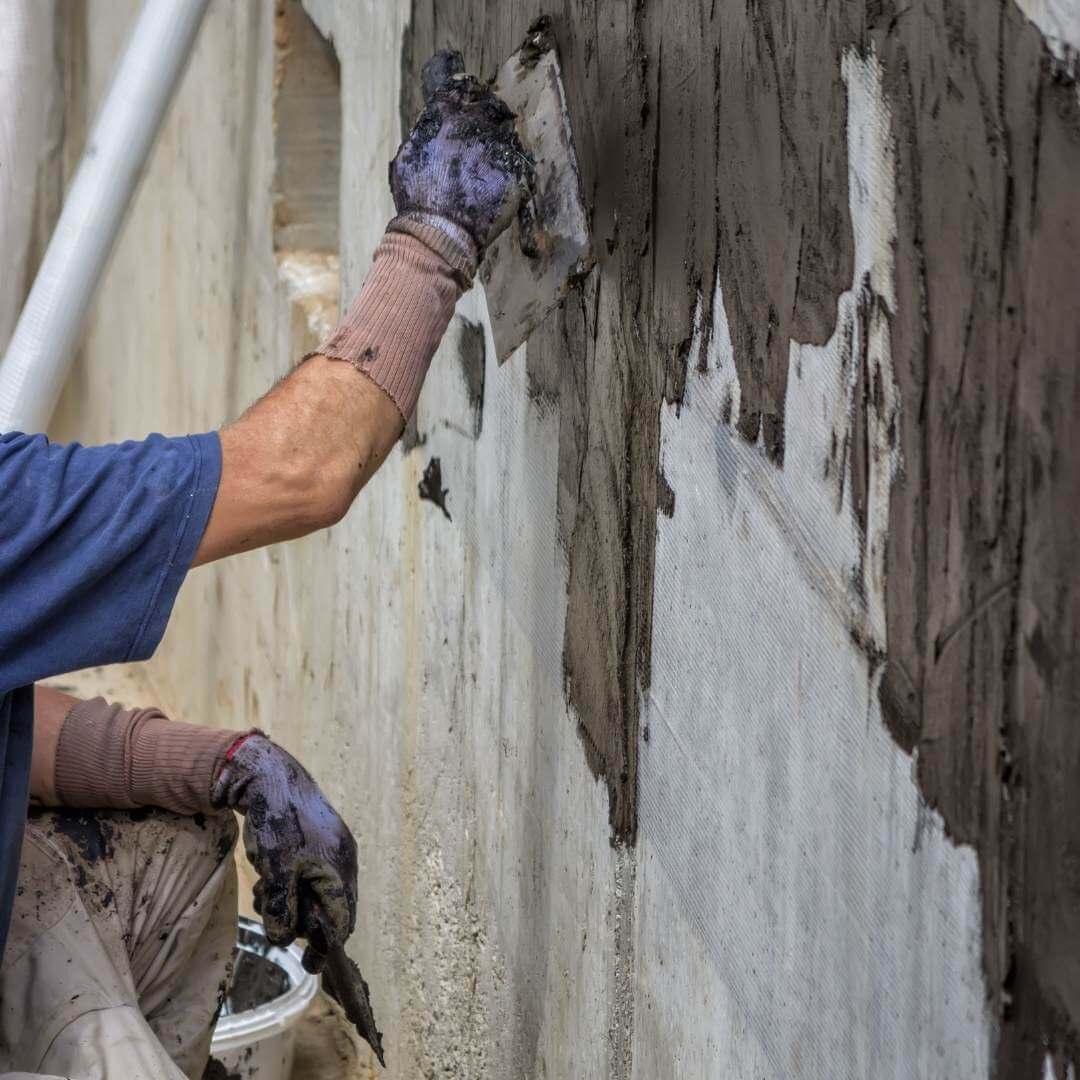
It could be an underground issue
If water seeps up from the floor rather than pouring down walls, there is likely to be a subsurface issue. Hydrostatic pressure on groundwater below the surface is a significant issue that cannot be disregarded.
We’ll explore this in greater detail and discuss what may be done to safeguard your property against these water problems.
Understanding Hydrostatic Pressure
To successfully deal with a flooded basement, you must first understand what hydrostatic pressure is. The water pressure pressing up against the foundation of your home is known as hydrostatic pressure. This force has the potential to be quite strong. [1]
For example, if your soil is highly saturated, tens of thousands of pounds of hydrostatic pressure may be exerted on your foundation after a significant amount of rain. This increases the likelihood that it may find a way inside. Even the smallest cracks will allow water to enter under that kind of pressure.
Winning the War against Water
Installing a sump pump is crucial in draining the water from the sump pit in your basement. This pit is intended to gather water from other regions of your basement via a drainage system, keeping it out of your house.
However, you should also direct that water away from your home to a location where it won’t cause any more trouble. For this reason, a backup sump pump is also necessary [2].
To keep silt out, install a submersible sump pump with a geo-wrapped pump and a cast iron, epoxy-coated float. Additionally, check valves will be installed to guarantee that water only flows in one direction. This will prevent water from flowing back into the sump pit, resulting in flooding.
Of course, you may also need to consider installing an interior tile drain system if the basement is flooded in more than one location.
This is since a sump pump and pit will only dry up the water in the general vicinity of the hole. You will still be dealing with issues if the water is not somehow directed to that spot.[3]
A sump pump area is where water is pumped out and away from your property. An interior tile drain system will catch water at its most specific entry site (the basement floor/wall joint). Consider buying additional generator for sump pump, in case that you go out of electricity.
Causes of basement leaks
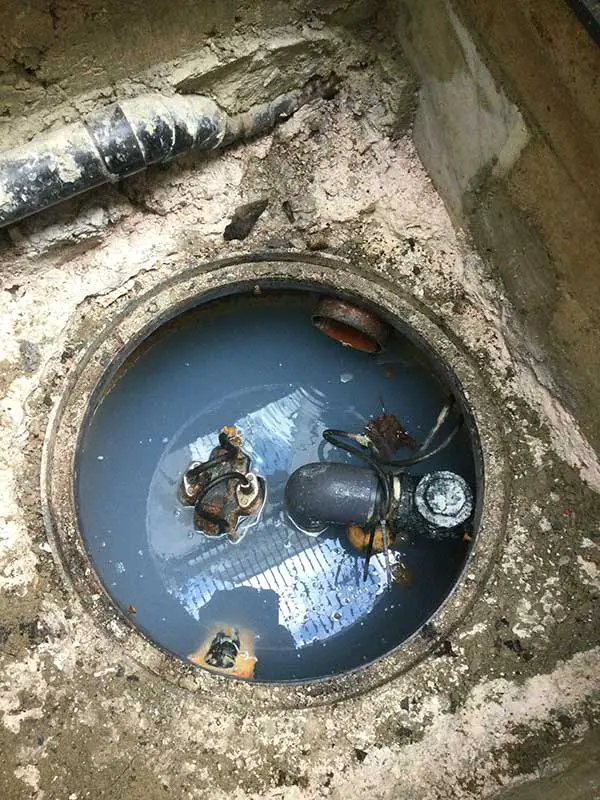
Water pressure in the earth around the foundation is the most frequent cause of basement water issues. Your foundation’s loose soil tends to absorb more water. Rainwater from clogged downspouts or gutters draining water adjacent to the foundation of the house frequently floods the surrounding area.
You can choose the best methods to stop basement water leaks or seepage by understanding why they occur. The four main reasons for water problems in basements are as follows:
- One of the main reasons basement leaks occur is the “clay bowl effect.” When a foundation is dug for a house, the dirt is removed, leaving an area that resembles a bowl [4]. After the foundation is built, some of this soil, also known as backfill, is reinserted. More water is absorbed by the backfill soil than the unaltered hard-packed soil. As a result, water pools near the foundation when it rains, saturating the loose dirt. The porous concrete or fissures in poured foundations are other possible entry points for water inside the house. Particularly prevalent in areas with clay-rich soils is the “clay bowl effect” (hence the name).
- When water accumulates in the soil close to the foundation, the weight of the denser water presses against the structure. Hydrostatic pressure, or the force of the water, can force moisture and water through the basement floor and walls. Lateral pressure, also known as sideways pressure, is produced against the foundation when the soil expands. This could harm the foundation of your house and lead to basement leaks.
- Another potential source of basement water leaks is window wells. A window well may overflow with water if not installed correctly, or the drain will get clogged. In times of heavy rain, water may leak into your basement. Water stains on the walls easily identify a basement window that is leaking.
What’s the difference between leaking and seeping, and how can you tell which issue you have?
Wet basements are typically caused by leakage and seepage. Although each of these expressions refers to the movement of water, seepage and leakage in basements differ significantly.
The passage of water through a porous substance is known as seepage. Water seepage could be to blame if water rises through the basement floor. A leak occurs when water seeps through a crack. A cracked foundation or a damaged pipe can also cause basement leaks.
You can tell whether you have a seepage or leak problem in your basement by looking for a few indications.
- Indicators of basement water leaks: One of the most reliable ways to spot a leak is to look for cracks in concrete walls or between blocks and for wetness on the wall or the floor beneath the gap. Examine any windows for signs of water penetration because basement windows are another common source of leaks.
- Indicators of water seepage into the basement: The most obvious indicator of water seepage is efflorescence or white spots on the basement walls or floor brought on by salt deposits brought on by the presence of moisture or water.
Both basement leaks and seepage can result in mold development, musty smells, destruction of furniture or goods kept in the basement, as well as other significant water damage. Most indications of a wet basement are evident, such as a puddle on the floor or musty odors.[5]
However, some signs might be difficult to see, like mold development or rot concealed behind drywall or flooring in a finished basement. You’ll probably need to take action to prevent more damage to your property, whether there is a leak in your basement or water is seeping into the basement.
How to fix basement water leaking and seeping
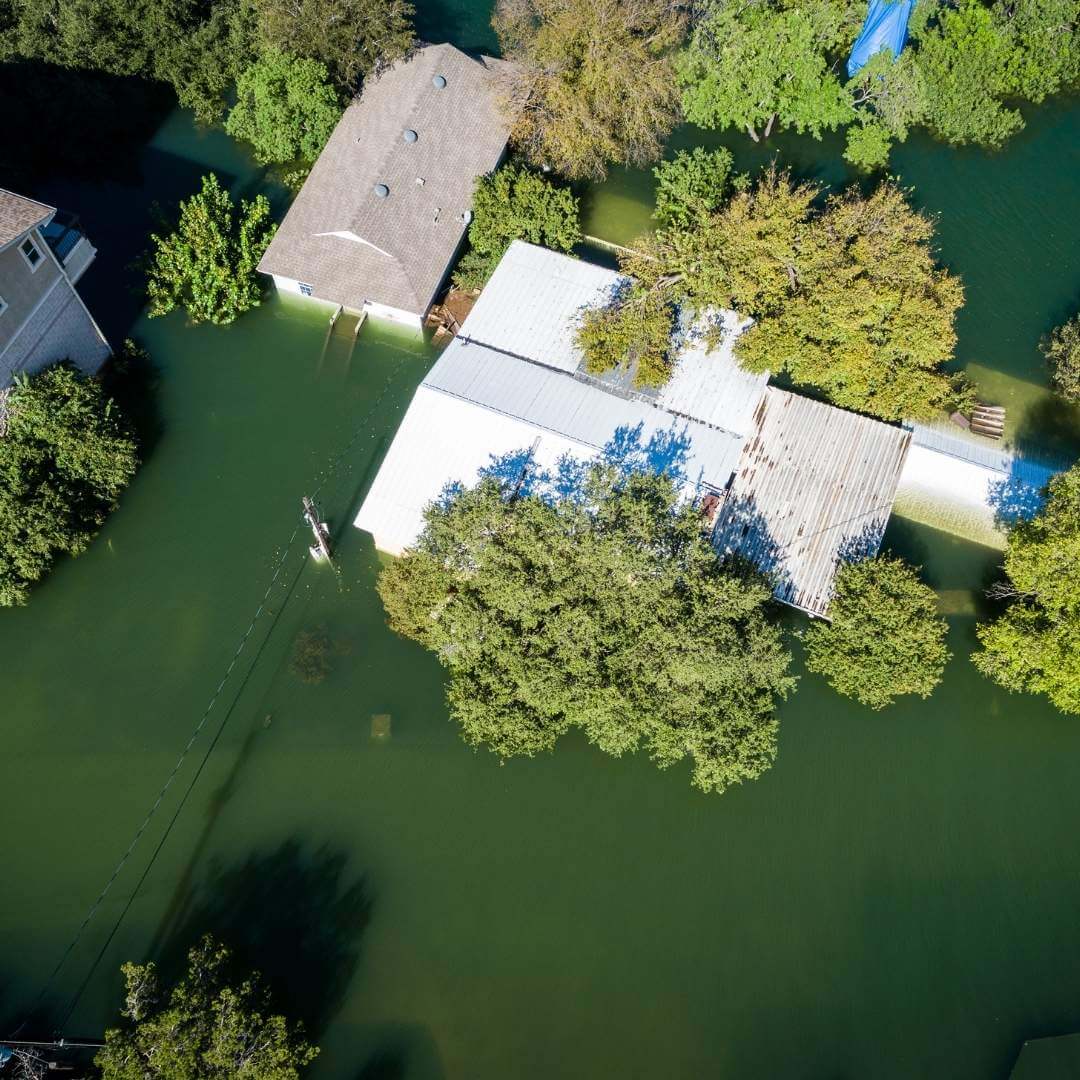
To prevent mold growth and moisture damage, the first thing to do if there is standing water in the basement is to remove it as soon as possible.
Then take action to stop water from entering the basement, ideally before the next significant downpour. The things you should know, what to do and the best solutions if water is dripping or seeping through the foundation are outlined below.
A qualified basement waterproofing expert may assess the problem and make a long-term recommendation if you’re still unsure of what to do about water in the basement [6].
1. Find the source of the leak.
This situation warrants worry if water is dripping or seeping into the basement. The typical basement entry points for water are shown here.
- Through the porous concrete foundation; or
- Through wall or floor fissures
- Through fractures in mortar joints of block or masonry foundation walls
- At the connection where the wall meets the floor of the poured concrete structure
Water can accumulate close to the foundation of a house due to drainage problems such as poor grading, overflowing gutters, short downspouts, or clogged window wells. Basement leaks are caused by porous concrete, foundation fissures, and hydrostatic pressure.
Fortunately, you can quickly resolve many leakage issues with small adjustments. But more severe basement water issues need an interior waterproofing system installed.
-
Regrade the land to prevent water from collecting around the foundation.
Verify the ground’s slope around your home. The ground should progressively incline toward the yard and away from the foundation. Yard grading establishes appropriate drainage to stop water accumulation near the foundation. Add soil around the foundation to generate the right slope in order to correct or improve the grading. Depending on the house size, this could be a time-consuming project, so if you don’t feel like doing it or simply do not have the time to do it yourself, think about hiring a landscaper.
-
Check for leaks and obstructions in gutters and downspouts.
Rainwater can collect around your foundation and overflow from clogged gutters during heavy downpours. Remove leaves and other debris from gutters and downspouts. Install gutter guards to keep drains clear.
And add downspout extensions to deflect water away from the home to help prevent the soil around the foundation from becoming waterlogged. Consider installing seamless gutters to prevent leaks, which are frequently a problem with conventional gutters that contain seams.
-
Keep window wells clean and covered.
The collection of leaves and other debris can clog window wells and lead to flooding. In addition, this water is prone to seeping into the basement and around the windows. To safeguard basement window wells, install a fitting window well cover.
-
Repair foundation cracks
Water from the earth outside may seep into the basement through cracks in the foundation walls or floor, especially after heavy rain when the hydrostatic pressure is higher.
If the cracks are minor and the leakage is not too severe, an internal sealant may be sufficient to repair basement wall leaks. Consider installing an interior drainage system if the basement is severely cracked or if water is still getting in despite previous sealing.
-
Install an interior waterproofing system to dry out a moist basement.
In particular, extending the downspouts or caulking basement wall cracks may stop water leaks or seepage the first time it occurs. The best method to avoid issues brought on by a damp basement is to install a waterproofing system in your basement that includes a drainage pipe and sump pump if you frequently experience basement water leaks or seepage issues.
Although waterproofing the foundation from the outside is an option, depending on how you originally built the house, it is usually more expensive and not always feasible. An internal drainage system is a common long-term fix for hydrostatic pressure, the main factor in moist basements.
Drain tile is laid along the connection where most water leaks happen—where the floor meets the wall. Drainage tiles catch the water seeping through the foundation and transport it to a sump pump.
The sump pump helps drain the water from the basement. In contrast to other foundation drainage systems on the market, the patented WaterGuard drainage system has a special, patented design that keeps it from being clogged.[8]
-
Engage a plumber to assist you.
You should contact a plumber in your region if the water in your basement is obviously the result of a leaking pipe and you notice the issue as soon as it arises. The plumber will arrive, confirm your suspicions, fix the leak in your basement, and then you will clean up any spills.
The following advantages come from hiring a plumber to deal with water in your crawl space or basement:
- You may frequently employ an emergency plumber who will arrive within hours
- Plumbers can typically apply a swift fix to stop more leaking or damage—even if a structural engineer is required
- Plumbers are very experienced at dealing with leaks, both significant and minor
- Plumbers can frequently suggest a structural engineer or water cleanup firm if necessary.
Do not disregard a leaking basement.
The problem shouldn’t be disregarded even if there is only a tiny amount of water in the basement following a hurricane or an unusually severe downpour. A wet basement can cause major water and moisture damage, wood decay, mold and mildew, and other issues. Fix any leaks in the basement, stop water from entering, and completely dry the basement. Contact your local waterproofing professional in the Basement Systems network right away to arrange for a free basement water

Michael Davis is a heating & plumbing expert who currently works as independent contractor in SC. He also writes for Plumbertip.
For almost 10 years he worked on various plumbing tasks across South Carolina.
